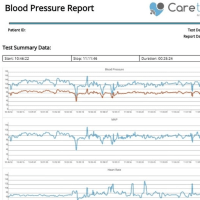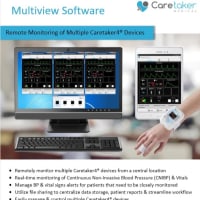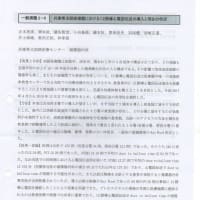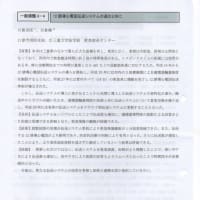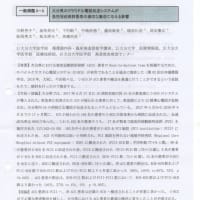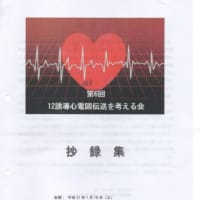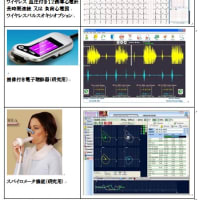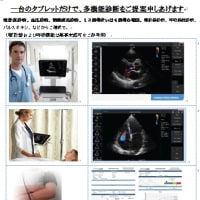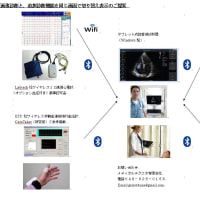American Journal of Hypertension
ajh.oxfordjournals.org
Am J Hypertens (2005) 18 (S4): 15A. doi: 10.1016/j.amjhyper.2005.03.035
P-17: A new and fast screening method for measuring complex hemodynamical parameters and arterial stiffness non-invasively with a simple arm cuff
+ Author Affiliations
1TensioMed Ltd., TensioMed Ltd, Budapest, Hungary
Abstract
Aims: In a project of the National Research Program of Hungary, we studied if oscillometric signals received during an oscillometric BP measurement contain any information about arterial hemodynamics
Materials, Methods: We have developed a research tool by which not only SBP, DBP, HR data, but the complete oscillometric signals were stored and transmitted telemedically to our computer center from the home of 650 patients who performed BP measurements at least 4 times a day, for at least 1 month. Through this a large database was collected, containing more than 1700000 oscillometric pulse curves and the relevant clinical data of patients. For data mining we used Kohonen's self-organising map method. Non-invasively recorded oscillometric curves from the upper arm cuff were validated by the simultaneously recorded intraarterial pressure curve of brachial artery.
Results: Our researches showed that oscillometric pulse curve of the brachial artery is identical to the intraarterial pressure curve if the cuff was inflated to suprasystolic pressure, preferably 35 mmHg above the SBP. Thus the early and the late systolic pressure peak, the closing incisure of the aortic valve can be recognizable, and several hemodinamical parameters could be calculated.
By using the mentioned results of basic researches, a new instrument, the TensioClinic Arteriograph was developed, by which the following parameters could be measured within 2 minutes, by using a simple upper arm cuff:
SBP, DBP, HR, MAP, PP, augmentation index (AIx), normalized augmentation index to 80/min heart rate (AIx80), return time of the pulse wave of the aorta (RT), pulse wave velocity (PWV) of the aorta, length of the cardiac cycle, area of systolic (SAI) and diastolic (DAI) part of pulse curve.
Validation studies of the new method to control the accuracy of measured AIx and PWV showed high correlations (R = 0,76 and R = 0,8) with values measured with other non-invasive methods (Sphygmocor and Complior) respectively.
Conclusions: Due to the swiftness, simplicity and good reproducibility of this method and apparatus, the non-invasive assessment of th










